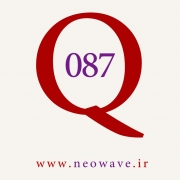ANSWER:
This question was sent in from the Ukraine by Vyacheslav Shakhaylo. To properly answer, I need to divide traders into two, distinct groups – those who focus on “predicting markets and being right” and those who focus on “making money and protecting capital.” The second group, as a rule, is much more successful than the first.
If you invest a significant amount of time and energy into something that does not pan out, it tends to make one emotional. If you invest hours, days, weeks or months into a particular market scenario, even telling your friends and family what you think, you might get very emotional (and embarrassed) when that forecast turns out wrong. As a result, for many in group 1, the fear of being wrong can be greater than the fear of taking a loss. As a result, that is typically what they end up doing.
The second group devotes a great deal of time devising strategies that protect capital and make money, so they tend to be most emotional when they lose money. To avoid that “pain,” they tend to cut their losses quickly, which in the end is the ONLY way to first survive, and eventually win, the trading game.
Using the above as a guide, there are three RULES you should follow to reduce your emotionalism when trading.
RULE #1 – Do NOT risk more than 1% of total capital on any one trade. During your learning period, I recommend 0.5%. This means your losses per trade will be so small (compared to your total capital) that it becomes fairly easy to trade without emotion.
RULE #2 – Spend much less time analyzing (with the goal to predict) markets and much more time focusing on how you will enter, place stops, move stops and exit your position.
RULE #3 – STOP telling your friends and relatives what you believe a market will do in the future. This will remove a great deal of trading pressure, thereby allowing you to change your mind or your straegy at a moments notice, when necessary, without the fear of retaliation or humiliation.








آخرین دیدگاهها